I've Been Writing: Lessons from Self-Publishing
“I’ve been writing.”
I told a close friend this right as our Christmas break started. I had spent the last few days in coffee shops recuperating from the fall semester. And by “recuperating,” I mean hours on end were spent sipping coffee and writing poetry. My goal for the break was to be more disciplined in writing poems—stretch my poems in length, depth, symbolism, imagery... and stretch myself in the process.
This wasn’t a decision on a whim, though. (I mean, who just decides to dedicate their Christmas break to being disciplined in poetry?)
As I was finishing the semester, I got an email saying five poems I submitted to a print magazine had all been rejected.
“This isn’t a reflection of your work.”
I read that line in the email and thought, “Yes, but the frustration I feel is a reflection of me.”
I realized what was already evident in my recent writing pursuits—it had become a way to achieve, a way to receive recognition. Having someone else find my work so incredible, so full of talent, that they would want to publish it became my sole motivation.
And that made me cringe.
So on the first day of my Christmas break, I went to blank pages in my poetry book. I pulled Shakespeare and Mark Twain off my shelf (authors I had not spent time reading in years). I sat down in a local coffee shop, and retreated into the world of writing. I read the lines of Shakespeare and short stories of Twain while writing my own words.
And I did the same thing the next day.
And the day after that.
And the day after that.
After a few days, I had four completed poems. My brain was tired from the metaphors, internal rhymes, and meters that had been going non-stop for three days. Yet, I found myself wanting to lean in more.
One afternoon, I reached out to my friend Grace who painted on the side. If I remember correctly, I think the text went something like, “Hey, I’ve been writing. I have four poems completed and was wondering if you’d want to illustrate something for each? No pressure, you can totally say no. Just thought collaborating might be something fun to try… thoughts?”
We FaceTimed that night. Ideas started flowing. It was like a wire was connected between our minds with sparks constantly going up and down it. We ended the FaceTime call with not only plans for the four poem illustrations but with a storyline for a poetry book as well.
Here are a few lessons I learned from self-publishing my first poetry book, Seaway.
Forming a Storyline
We started with four unrelated poems. One compares the process of writing to a haven filled with pathos and prose. Another tells the story of my late grandmother and the beautiful effects she had on others. There’s an introspective poem describing the insecurities I have. The most upbeat poem tells of a girl at the beach doing taboo things—a metaphor for people who find themselves, their feelings, and their thoughts to be taboo.
The question Grace and I asked ourselves was, “How do you connect a poem about being a taboo to a poem about your grandmother?”
Our answer was, “You create a storyline of 22 poems.”
The process of forming the storyline involved a lot of filling in the gaps as we went along. Some poems were added because I wanted to write about a specific idea or feeling. The creative process of Seaway became a lifeboat for me, so a lot of the poems reflect that feeling. I wrote one poem after the attack on the U.S. capitol as I considered, “What is all of this teaching the younger generation?” These poems, and more, were thoughtfully placed in our storyline.
The 22 poems of Seaway were placed in a strategic order to tell a story of self-discovery. I don’t mean a cheesy process of self-discovery but one of deep reflection, internal wrestling, and rooted insecurities coupled with building friendships, celebrating memories, and creating art. Finally telling others, “I’ve been writing” and sharing the storyline of Seaway was the culmination of it all.
What I Learned from the Creative Process
One thing I learned over and over while creating Seaway is the importance of asking artists about their work—not their numbers.
Seaway remained a secret between us and a few close friends during the creative process to keep our work raw and to protect it from becoming a way to appease others.
Once Seaway was released, however, we were frequently asked the question, “How many books have you sold so far?”
Surely this was backed with great intentions, but it always left a sting. I kept up with the book sales for the first few days, but eventually I stopped keeping track. Now, after double-checking that sales and royalties match, I don’t think about the numbers again.
I have learned to value my art over my numbers. It is easier said than done, but when someone asks intentional questions about my poetry, I am reminded to value my art—and reminded it is okay to ask others to do the same.
Another important lesson was the process of self-publishing.
Do not be fooled—this is a time-consuming and grueling experience. Often, people comment on how easy it is for anyone to publish a book now. It is easy in the sense that there are multiple platforms for self-publishing—but that’s the only easy thing about it.
Publishing companies do the hard work of editing, marketing, designing, and more. Self-publishers do all of this—and write the book. The time I spent with blue light glasses staring at a computer screen to get all the editing and designing done challenged my dedication and discipline. Yet I would do it all over again because of how much I believe in writers owning their work.
Laying Seaway out how we wanted it, releasing it when we felt was right, and having full ownership of our words and illustrations were all possible because of self-publishing.
But the most important lesson I learned after creating Seaway is what “I’ve been writing” means.
It means I’ve been stretching my poems in length, depth, symbolism, and imagery. It means I’ve been experimenting with new forms of poetry. It means I’m thinking through questions and emotions, stretching myself in the process. And most likely, it means I’ve been recuperating in coffee shops by sipping coffee and writing poetry.
After a year like 2020, art has held a lot of people together. Many of my friends have shared pottery, poems, and paintings they created. Musicians have released some of their best music. During a year of the unspeakable, artists found a way to speak through creating. That’s what Seaway was for me; that’s what creating has been for every corner of the art scene. Creating involves reflecting, rediscovering, recuperating, and reminiscing. It’s a way to let the fragility inside of us breathe and cope with the unknown.
So by that definition, as summer has started, I hope we can all say, “We’ve been creating.”
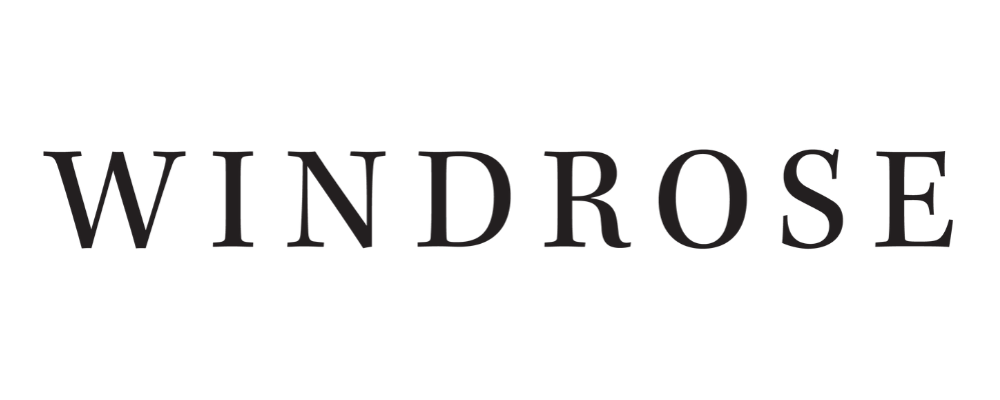


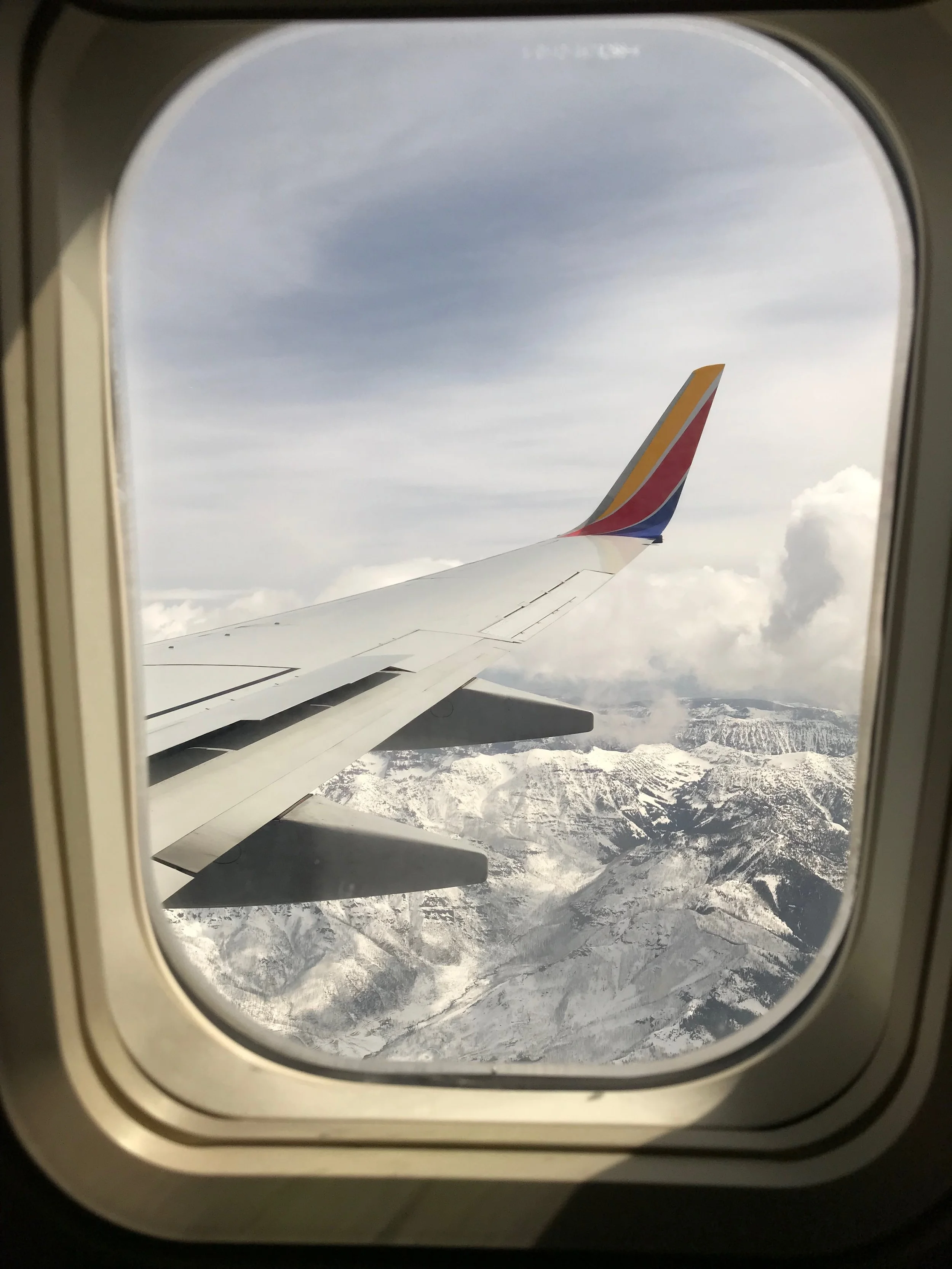


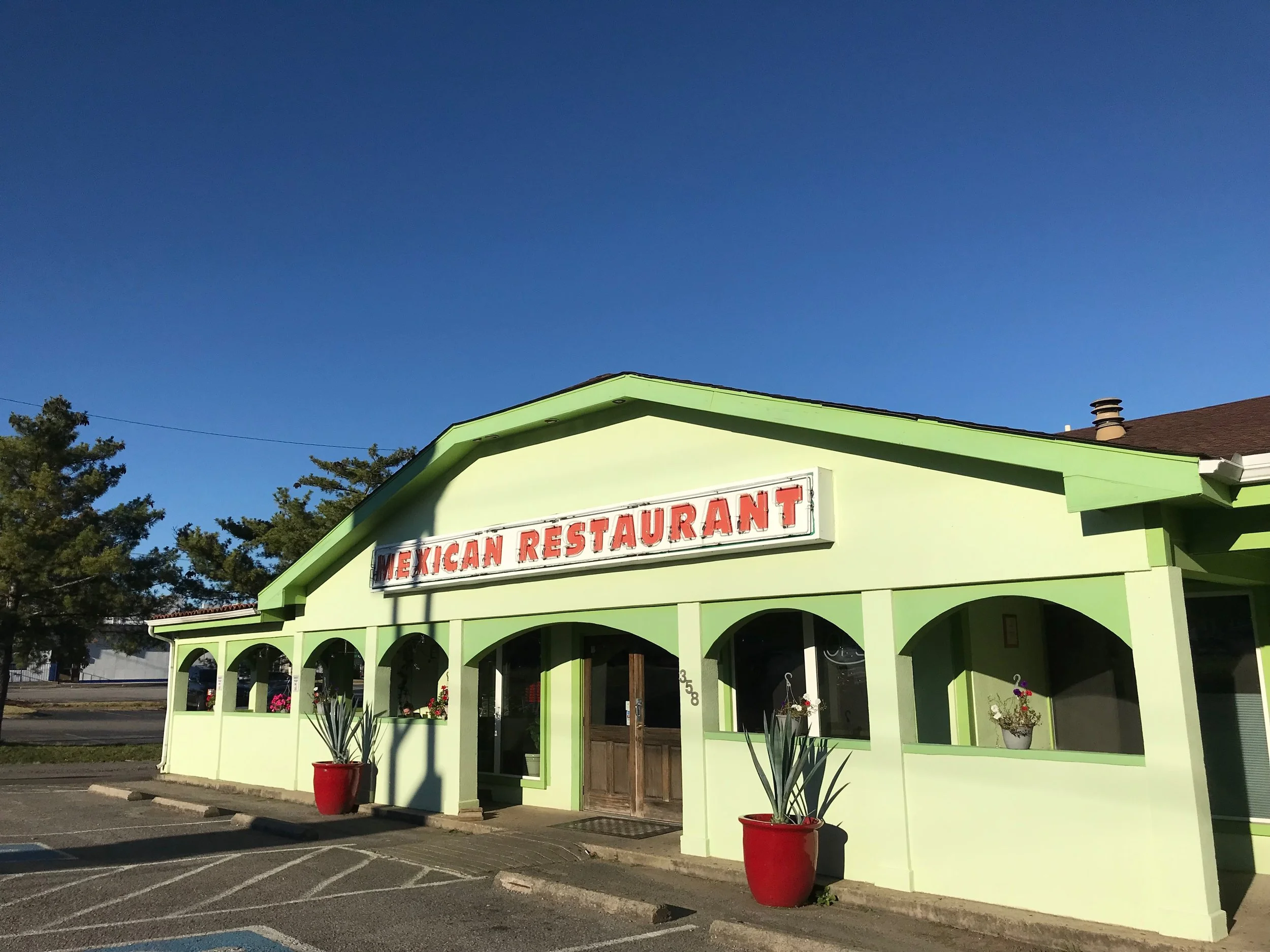

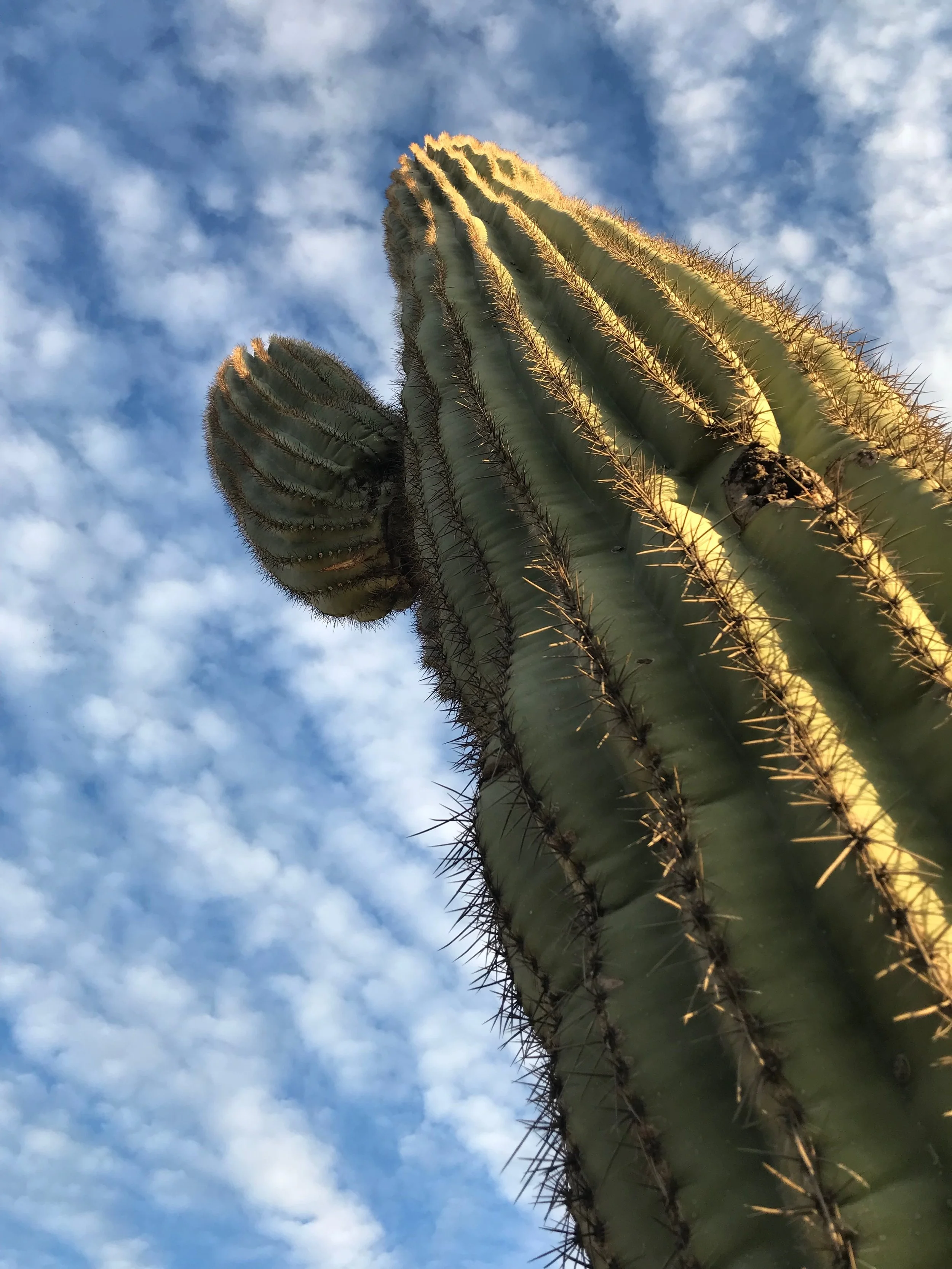
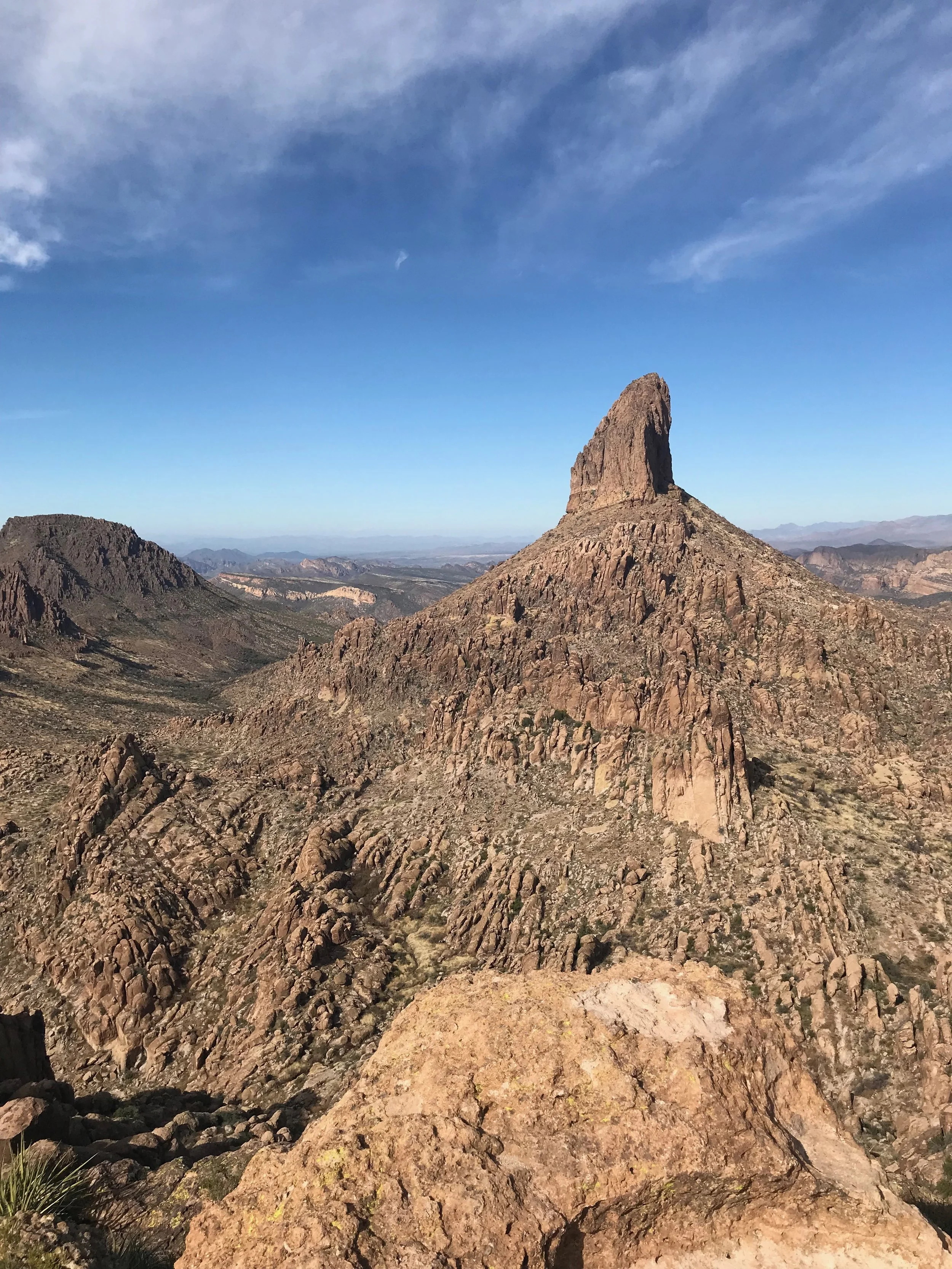
Savannah earned her Bachelor of Science in Education from Delta State University in 2019. She is pursuing a Master of Divinity at Truett Seminary and is an InterVarsity Campus Staff Minister at Baylor. She is published at Eight Hundred Words and Windrose Magazine. She is the founder and chief editor of A Common Thread, a community for creators to share arts of all kinds. You can also connect with Savannah on her website, Words in the Crevice, and on Instagram @savygreen. You can find her poetry books Seaway and Oasis on Amazon.